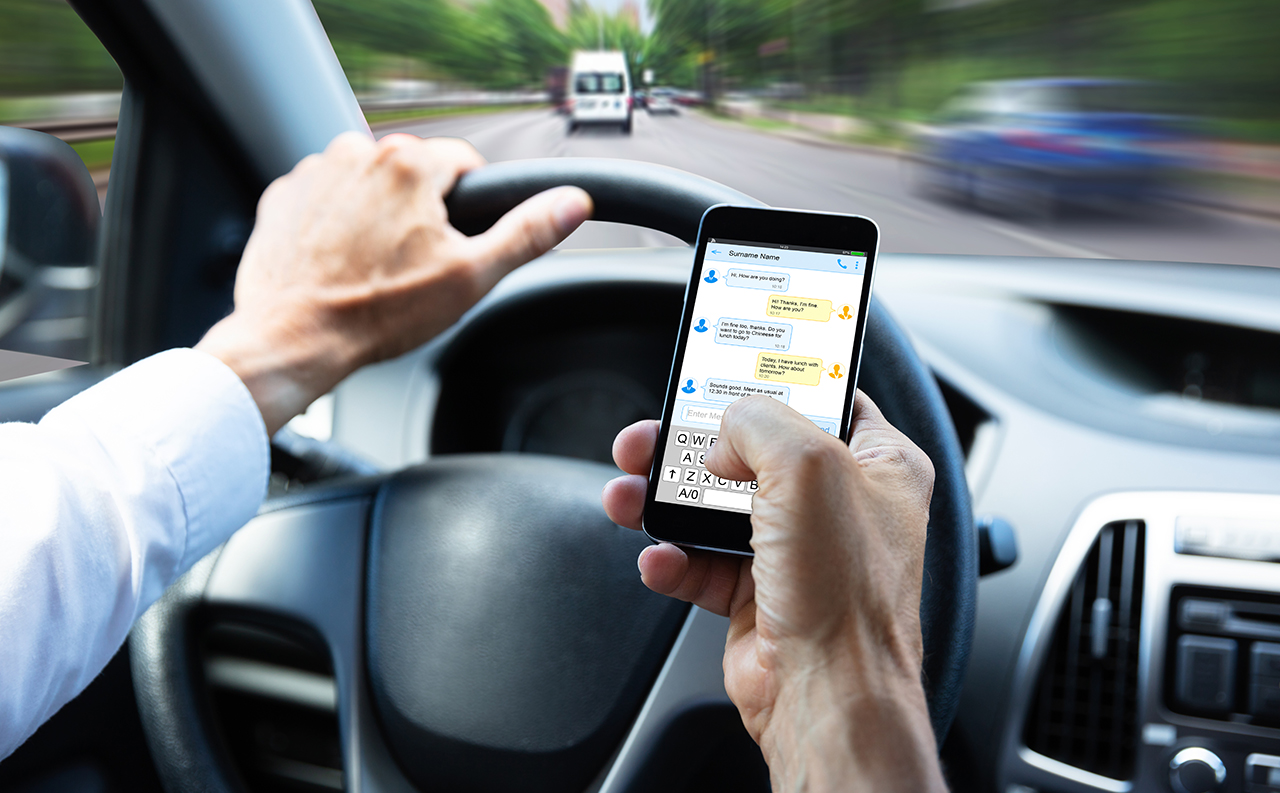当你开始了解智能交通系统(ITS)和车联网技术时,你可能会觉得自己一直生活在岩石之下。为什么呢?因为有一个成熟的
ITS 政府计划 致力于研究智能交通系统的使能技术,培训人员以加快智能城市的采用和部署,并与汽车制造商、联网汽车技术开发商和正在实施试点项目的市政当局合作。
虽然这些项目在全面部署后肯定会使用 5G 网络,但必须指出的是,许多大城市目前正在安装基础设施,随着试点项目完成测试和基础设施的推出,将分阶段利用现有的高速网络、传感器和高性能蜂窝路由器。
智能城市的智能交通和联网汽车项目之所以受到如此关注,是因为它们每年都有可能挽救成千上万人的生命。

一个简单的事实是,人类是容易犯错的。我们并非总能做出正确的决定,也并非总能集中注意力。人们可能会疲劳、困惑、急躁和分心,或者更糟糕的是,在药物或酒精的影响下驾驶车辆。这些都被称为 "人为因素"。当技术和自动化能够以比人类更快的速度检测并预防即将发生的事故时,人为因素将不再是一个问题。
以下是《世界人权宣言》中的一些惊人事实
ITS.gov 网站上介绍了几个试点项目。其中之一是纽约市交通局的一项倡议,该局自2014年以来一直在制定 "零伤亡愿景"。根据美国国家公路交通安全协会(NHTSA)的研究结果,纽约市交通局 "零伤亡愿景 "计划的目标是阻止纽约市街道上发生可预防的交通伤亡事故。
根据美国国家公路交通安全管理局(NHTSA)对纽约市交通事故的审查:
- 每四起死亡事故中就有一起以上与超速有关。
- 在约 94% 的撞车事故中,人为因素是关键原因,而与车辆有关的因素只占约 2%。
- 在曼哈顿,73% 的车祸死亡事故涉及行人,而在全国范围内,这一比例仅为 14%。
- 65 岁以上的老年人占纽约市人口的 12%,但却占行人死亡总数的 33%。
- 此外,14 岁以下儿童死于车祸的主要原因是被车辆撞倒。
因此,通过技术来解决人为因素,在改善伤亡统计数据、使城市街道比现在更安全方面有着巨大的潜力。这项技术并不只是未来拥有自动驾驶汽车时的设想。车联网技术将比我们想象的更快实现这些功能。让我们来看看目前正在智慧城市中进行测试的一些应用。
交叉口安全:智能交通系统项目的主要用途

智能交通系统和联网汽车技术开发的研究和试点项目的主要目标是安全,特别是在交叉路口。随着时间的推移,使用案例会越来越多,但在拥堵的城市中,任何一个十字路口都会发生很多事情,在不久的将来,联网汽车将获得最有力的胜利。
在政府机构、技术公司和汽车制造商三方的通力合作下,将在各大城市安装联网汽车路旁装置,支持车辆、行人和交通控制系统之间的实时通信。其工作原理如下
- 车辆将配备联网汽车技术。
- 行人将通过传感器和蓝牙检测到。
- 路旁装置由高速蜂窝路由器(如Digi WR54或Digi TX54)提供动力,可在车辆与其他车辆、骑自行车者或行人发生碰撞时自动制动。
目前正在安装这些设备和辅助通信技术,为不久的将来测试和试点项目完成后在整个智能城市推广智能交通系统做准备。
另一个智能交通系统应用实例:打击逆向行驶的司机

密歇根州奥本山市是底特律快速发展的郊区,该市正在测试一种新型智能交通系统,旨在消除一种不常见但却致命的交通隐患--逆向行驶的司机。
在美国,涉及逆向行驶司机的交通事故每年造成近 400 人死亡,不幸的是,这一数字在过去五年中呈上升趋势。正因如此,奥本山正在实施一项试点计划,利用传感器、联网汽车系统和热映射算法的组合来检测逆向行驶的驾驶者,并将危险传达给其他驾驶者。
根据 智能城市世界、1 该自学系统可定义道路和行驶方向,并可利用高速公路信息板和短信迅速通知有危险的车辆的驾驶员,告知错车驾驶员的位置、车速和行驶方向。
该市正在安装错向驾驶检测系统,作为其所谓的智能交通中心和交通枢纽的一部分,该系统在初期部署中还将改善少数交叉路口的交通流量。
ITS 技术的其他应用
除了提供更顺畅、更安全的通勤服务外,新的智能交通系统项目还将支持智能城市中越来越多的应用。例如,联网车辆系统将能够告知驾驶员特定区域是否有停车位。所部署的技术还将使为世界上不断发展的大城市中的数百万人提供基本服务变得更加容易。
4智能交通系统和相关的定位解决方案将使紧急救援人员能够更快、更可靠地找到受害者,并使居民能够获得其他所需的服务,更可靠地使用公共交通。如今,智能城市正在部署这些系统,以利用智能交通系统的各种应用,而 Digi 正在通过蜂窝解决方案支持这些系统的推广,这些解决方案可将所有不同的部分集成并连接起来。
汽车制造商正在投资车联网技术
安装在公共基础设施中的智能交通系统可以在提高安全性和优化交通流量方面创造奇迹。但是,基础设施只是成功的一半。要充分发挥智能交通系统的潜力,就需要联网车辆--能够与基础设施通信的汽车和卡车。通用汽车公司等汽车制造商正在测试和积极开发联网汽车技术。
通过对其车队进行大刀阔斧的改革,并对电动汽车和互联汽车技术进行大量投资,通用汽车计划成为该领域以及自动驾驶汽车(也称为 "自驾车")领域的领军企业。据《彭博商业周刊》报道,通用汽车 "比其他任何汽车制造商都更快地进入自动驾驶领域 "2。事实上,该公司斥资 15 亿美元收购了硅谷一家在自动驾驶汽车领域处于领先地位的初创公司。用通用汽车公司首席执行官玛丽-巴拉(Mary Barra)的话说,"这是我们真正相信的未来交通"。
城市发展推动智能交通系统市场增长

采用智能交通系统和联网汽车技术不仅是为了提高安全性和便利性,也是世界上快速发展的城市所必需的。一个世纪前,世界上只有 15% 的人口居住在城市地区。如今,一半以上(55%)的人口居住在城市,预计到 2050 年,这一比例将增至 68%。
随着所有这些增长,交通流量也相应增加,因此需要技术来帮助管理人流和物流。据行业分析师称,2018 年全球智能交通管理市场价值为 205.3 亿美元,预计到 2026 年将达到 402.2 亿美元,复合年增长率(CAGR)为 8.7%。3
对于试图从有限的街道和道路预算中榨取最大价值的市政当局来说,智能交通系统是一项明智的投资。它们可以提高道路系统应对交通流量增加和人口增长的能力,同时将增加或重建道路的资本成本降至最低。
备灾--您的城市准备好了吗?

澳大利亚最近发生的野火严峻地提醒我们,在紧急情况下,急救人员的车辆进出和通信需求始终必须优先考虑。
如何实现?在美国,第一响应人员可以通过 FirstNet™ 通信平台获得优先和先发通信。FirstNet™ 是一个全国性的无线网络,供警察、消防部门、急救人员和 "扩展主要 "用户使用,以确保他们在大规模公共突发事件中拥有畅通的通信线路。它占用专门为这类主要公共安全实体预留的优质频谱,在民用手机使用激增可能干扰蜂窝网络的情况下,优先提供关键的语音、文本和数据通信。
除语音和数据通信外,与 FirstNet™ 相结合的交通管理系统还可提供紧急路由信息,从而为急救车辆确定通过城市的最佳路径,并利用拥堵数据和车辆位置来调整路线指引和交通信号配时。
了解更多 Digi 的 FirstNet Ready 解决方案.
Digi - 您的智能交通系统和交通管理技术合作伙伴
正在考虑转向智能交通管理、联网车辆和其他市政交通项目?Digi 可以提供帮助。Digi 已安装了超过 15,000 个交叉路口,而且还在不断增加,因此在推出智能交通系统项目方面拥有丰富的经验。我们的交通管理解决方案和部署专家团队可提供从需求评估到完整开发和部署服务的任何级别的指导。 联系我们,开始对话。
1Sue Weekes,大陆集团在密歇根州推出具有错车检测功能的智能交叉路口,《智能城市世界》,2019 年 12 月 30 日 https://www.smartcitiesworld.net/news/continental-launches-smart-intersections-with-wrong-way-driver-detection-in-michigan-4887
2David Welch、Bryan Gruley,Mary Barra Risks it All,《彭博商业周刊》,2019 年 9 月 23 日
3Matt Bird,《建设未来的智慧城市》:考虑长远和本地,《智能城市新闻》,2019 年 3 月 11 日 https://www.smartcitiesworld.net/smart-cities-news/smart-cities-news/building-the-smart-cities-of-the-future-think-long-term-and-local-3948
4David Rocks, Nate Lanxon, Location.Location.Location. Location.,《彭博商业周刊》,2018年9月3日